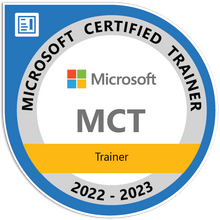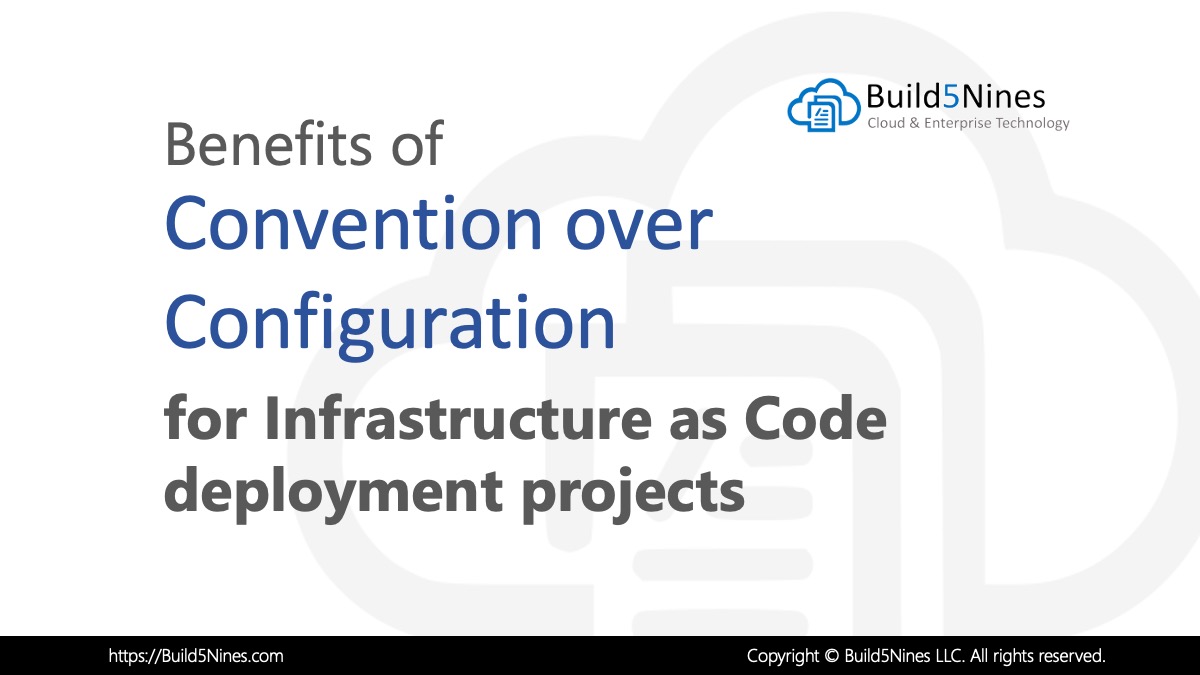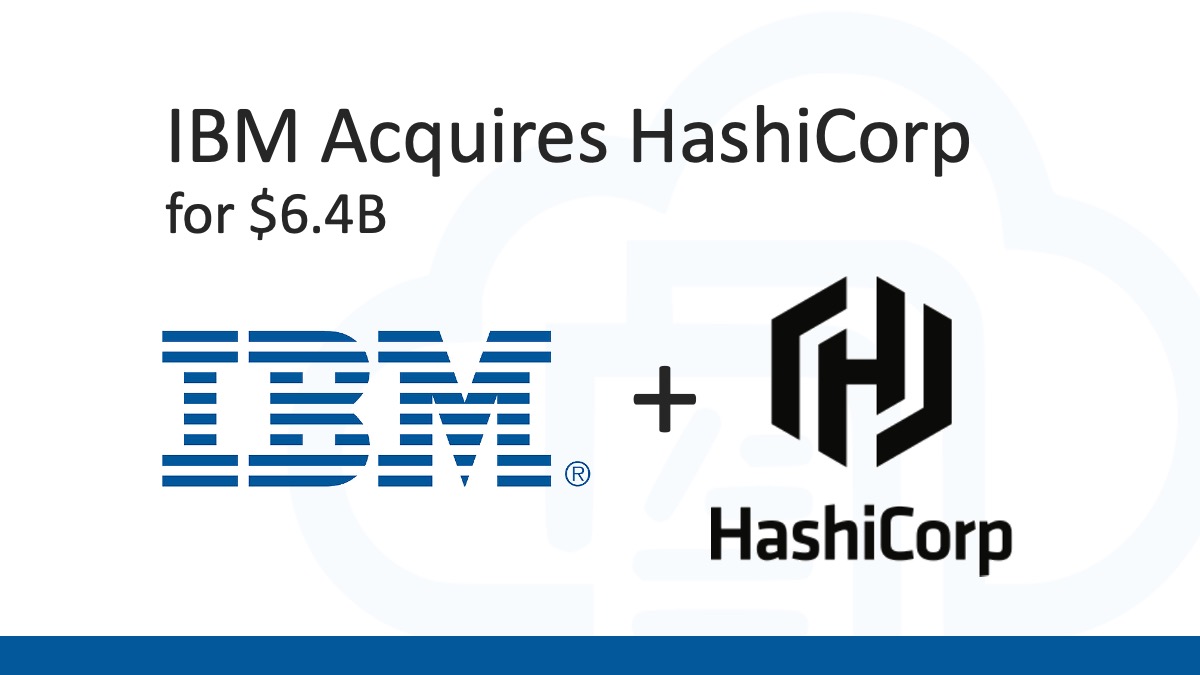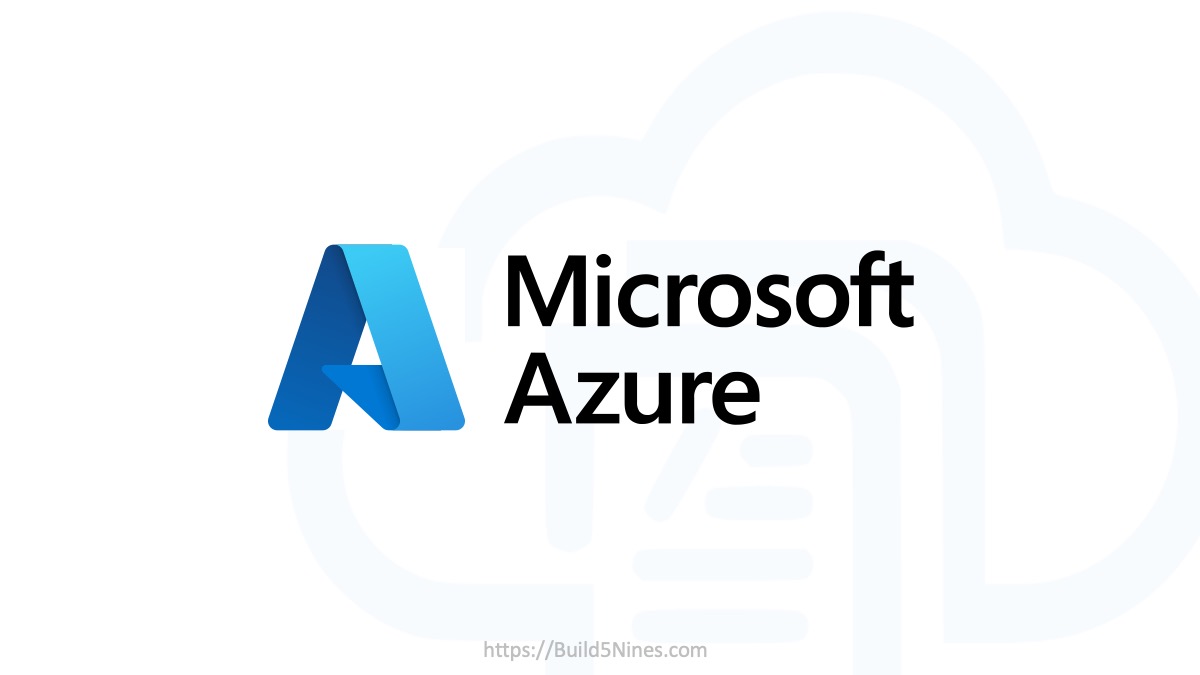The AZ-100 Microsoft Azure Infrastructure and Deployment certification exam tests and validates your expertise as an Azure Administrator around managing cloud services that span storage, security, networking, and compute capabilities within the Microsoft Azure cloud. This is the first in a set of exams that make up the new Azure Administrator certification track.
The AZ-100, AZ-101, and AZ-102 certification exams are all being retired May 1, 2019. The newer AZ-103 Azure Administrator certification exam is being made available on May 1, 2019 as a consolidated replacement. This is being done to improve the certification path towards the Microsoft Certified: Azure Administrator Associate certification.
Certification Target Audience
The AZ-100 Microsoft Azure Infrastructure and Deployment certification exam is geared towards Azure Administrators who manage cloud services that span storage, security, networking, and compute capabilities within the Microsoft Azure cloud. Exam candidates should have a deep understanding of each service across the full IT lifecyle, and take requests for infrastructure services, applications, and environments. They also make recommendations on services to use for optimal performance and scale, as well as provision, size, monitor, and adjust resources as appropriate.
When taking this exam, it’s recommended that candidates are proficient in the following tools:
- PowerShell
- Command-Line Interface (CLI)
Candidates should also have at least a basic familiarity with the following areas related to Microsoft Azure:
- Azure Portal
- ARM Templates
- Operating Systems
- Virtualization
- Cloud Infrastructure
- Storage Structures
- Networking
Skills Measured
Here’s a very high level list of the skills and objectives measured on this AZ-100 Microsoft Azure Infrastructure and Deployment certification exam. The percentages next to each objective area represents the number of questions on the exam in that objective area.
Manage Azure subscriptions and resources (15-20%)
- Manage Azure subscriptions
- May include but not limited to: Assign administrator permissions; configure cost center quotas and tagging; configure subscription policies
- Analyze resource utilization and consumption
- May include but not limited to: Configure diagnostic settings on resources; create baseline for resources; create and rest alerts; analyze alerts across subscription; analyze metrics across subscription; create action groups; monitor for unused resources; monitor spend; report on spend; utilize Log Search query functions; view alerts in Log Analytics
- Manage resource groups
- May include but not limited to: Allocate resource policies; configure resource locks; configure resource policies; implement and set tagging on resource groups; move resources across resource groups; remove resource groups
Implement and manage storage (20-25%)
- Create and configure storage accounts
- May include but not limited to: Configure network access to the storage account; create and configure storage account; generate shared access signature; install and use Azure Storage Explorer; manage access keys; monitor activity log by using Log Analytics; implement Azure storage replication
- Import and export data to Azure
- May include but not limited to: Create export from Azure job; create import into Azure job; configure and use Azure blob storage; configure Azure content delivery network (CDN) endpoints
- Configure Azure files
- May include but not limited to: Create Azure file share; create Azure File Sync service; create Azure sync group; troubleshoot Azure File Sync
- Implement Azure backup
- May include but not limited to: Configure and review backup reports; perform backup operation; create Recovery Services Vault; create and configure backup policy; perform a restore operation
Deploy and manage virtual machines (VMs) (20-25%)
- Create and configure a VM for Windows and Linux
- May include but not limited to: Configure high availability; configure monitoring, networking, storage, and virtual machine size; deploy and configure scale sets
- Automate deployment of VMs
- May include but not limited to: Modify Azure Resource Manager (ARM) template; configure location of new VMs; configure VHD template; deploy from template; save a deployment as an ARM template; deploy Windows and Linux VMs
- Manage Azure VM
- May include but not limited to: Add data discs; add network interfaces; automate configuration management by using PowerShell Desired State Configuration (DSC) and VM Agent by using custom script extensions; manage VM sizes; move VMs from one resource group to another; redeploy VMs
- Manage VM backups
- May include but not limited to: Configure VM backup; define backup policies; implement backup policies; perform VM restore
Configure and manage virtual networks (20-25%)
- Create connectivity between virtual networks
- May include but not limited to: Create and configure VNET peering; create and configure VNET to VNET; verify virtual network connectivity; create virtual network gateway
- Implement and manage virtual networking
- May include but not limited to: Configure private and public IP addresses, network routes, network interface, subnets, and virtual network
- Configure name resolution
- May include but not limited to: Configure Azure DNS; configure custom DNS settings; configure DNS zones
- Create and configure a Network Security Group (NSG)
- May include but not limited to: Create security rules; associate NSG to a subnet or network interface; identify required ports; evaluate effective security rules
Manage identities (15-20%)
- Manage Azure Active Directory (AD)
- May include but not limited to: Add custom domains; configure Azure AD Identity Protection, Azure AD Join, and Enterprise State Roaming; configure self-service password reset; implement conditional access policies; manage multiple directories; perform an access review
- Manage Azure AD objects (users, groups, and devices)
- May include but not limited to: Create users and groups; manage user and group properties; manage device settings; perform bulk user updates
- Implement and manage hybrid identities
- May include but not limited to: Install and configure Azure AD Connect; configure federation and single sign-on; manage Azure AD Connect; manage password sync and writeback
To view the most up-to-date list of these exam objectives, please reference the official AZ-100 exam page.
Happy Studying!






 Benefits of Convention over Configuration for IaC Deployment Projects
Benefits of Convention over Configuration for IaC Deployment Projects
 Analyzing IBM’s Acquisition of HashiCorp: A Game-Changer in Hybrid Cloud Management
Analyzing IBM’s Acquisition of HashiCorp: A Game-Changer in Hybrid Cloud Management
 How to Perform Simple String Concatenation in Terraform
How to Perform Simple String Concatenation in Terraform
 Azure CDN POP Locations: Interactive Map of Azure CDN Points of Presence
Azure CDN POP Locations: Interactive Map of Azure CDN Points of Presence
 Azure Functions: Extend Execution Timeout Past 5 Minutes
Azure Functions: Extend Execution Timeout Past 5 Minutes

I’m trying to find any training providers in the UK that offer this course. Can anyone tell me any in London that offer training for this exam?
Opsgility offers Azure certification training for the AZ-100 all over the world, including in London. 🙂
Hey Chris, have you heard of anyone taking the exam in beta and still not received a score? My dashboard still shows a status of ungraded.
I haven’t heard anything on the status. You should contact MS Learning about it.
So what happens with my current MCSE Cloud Certification? It might seem disingenuous of me, but this really feels like MS milking the certification cow.
You will still have MCSE, so run with it. I would recommend to only worry about renewing your certification with the new exam paths once you feel it’ll offer you some value. For some this could mean doing it soon, and others it may make sense to do in a couple years. It’s really up to you.
I have passed thru AZ-100 just in Feb 2019. What happen after 1 May 2019, will this be valid ? What will be the path for me to achieve Azure associate and Administrator?
According to the latest information you’ll have earned the Azure Administrator Associate certification by passing the AZ-100 exam.